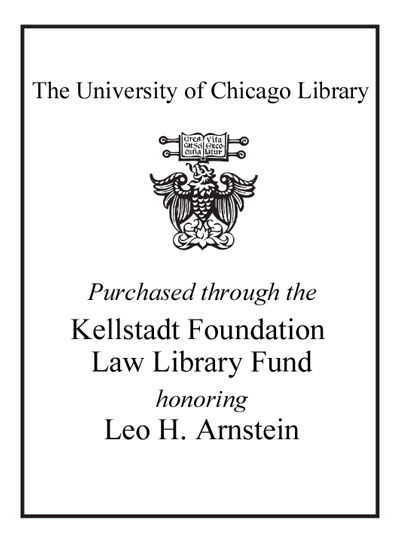The role of law and regulation in sustaining financial markets /
Saved in:
| Imprint: | Abingdon, Oxon ; New York : Routledge, 2015. ©2014 |
|---|---|
| Description: | xx, 368 pages : illustrations ; 24 cm. |
| Language: | English |
| Series: | The economics of legal relationships ; volume 21 Economics of legal relationships ; v.21. |
| Subject: | |
| Format: | Print Book |
| URL for this record: | http://pi.lib.uchicago.edu/1001/cat/bib/10136706 |
Table of Contents:
- I.
- 1. Introduction
- 2. The New Architecture of European Economic Governance
- 3. The Impact of Pension Systems on Financial Development: An Empirical Study
- 4. Does Financial Repression Retard China's Economic Growth? An Empirical Examination
- 5. Law, Money, and Price: The Case of China
- II.
- 6. Recent Developments in the Regulation of Auditors: An Economic Perspective
- 7. Controlling Misrepresentation in Securities Markets: Is Private Enforcement Trivial in China?
- 8. Monitoring Shadow Banking: The Case of China
- III.
- 9. Cartel Enforcement in China: Monetary or Criminal Sanctions?
- 10. Climate Change and Financial Instruments to Cover Disasters: What Role for Insurance?
- 11. Project Finance Contracts, Essential Components, and Basic Strategic Advantages
- IV.
- 12. Corporate Governance Responses to Environmental Regulation and Market-Based Instruments
- 13. The Free Market Myth and its Influence on CSR
- V.
- 14. Comparative and concluding remarks

